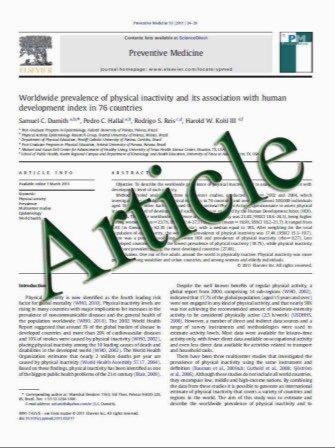A 25-year experience with pediatric anti-glomerular basement membrane disease
- نوع فایل : کتاب
- زبان : انگلیسی
- مؤلف : Sean R. Williamson & Carrie L. Phillips & Sharon P. Andreoli & Corina Nailescu
- چاپ و سال / کشور: 2011
Description
Anti-glomerular basement membrane (anti-GBM) disease, which is extremely uncommon in children, is characterized by rapidly progressive glomerulonephritis (RPGN) and autoantibodies against GBM collagen. Pulmonary hemorrhage is the third component in Goodpasture Syndrome. Cigarette smoking and exposure to hydrocarbons have been linked to anti-GBM disease in adults, but such an association has not been established in children.We reviewed renal biopsy and autopsy specimens over 25 years from a major tertiary care U.S. children's hospital, diagnosing anti- GBM by clinical RPGN, crescentic glomerulonephritis, and linear immunofluorescence (IF) immunoglobulin G staining in patients under 18 years of age. We identified four patients, with and without pulmonary manifestations. The sole autopsy case showed diagnostic IF despite undetectable serum anti-GBM antibodies and positive testing for serum anti-neutrophil cytoplasmic antibodies (ANCA). Three patients have survived 1–18 years following diagnosis, one of whom is recovering renal function. One adolescent had a history of smoking cigarettes and one had a probable hydrocarbon exposure. Anti-GBM disease is unusual in children, and the relationship to inhaled agents is incompletely understood. Serum anti- GBM antibodies are typically present, but cases with undetectable levels can occur. Some patients are anti- GBM and ANCA positive, with a small subset ANCApositive, anti-GBM-negative. Ours is the first such described pediatric case.
Pediatr Nephrol (2011) 26:85–91 DOI 10.1007/s00467-010-1663-2 Received: 21 June 2010 / Revised: 29 July 2010 / Accepted: 10 September 2010 / Published online: 21 October 2010


